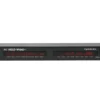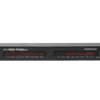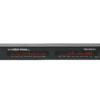Google Cast is a protocol created by Google that allows users to stream audiovisual content from their devices to compatible smart TVs, speakers, and other home entertainment systems. It was first introduced on July 24, 2013, with the launch of the first-generation Chromecast, a small streaming device designed to plug into a TV’s HDMI port.
The protocol enables users to control playback using their smartphones, tablets, computers, or smart speakers. It supports both locally stored media and content streamed from the internet. In February 2014, Google released the Google Cast SDK, which allowed developers to integrate Cast functionality into their apps. By May 2015, over 20,000 apps supported Google Cast.
Over the years, Google Cast has been integrated into a variety of devices, including the Nexus Player, Android TV devices, soundbars, and later models of the Chromecast. From 2016 to 2024, devices with native support for the protocol were marketed as “Chromecast built-in.” In 2024, the branding reverted back to “Google Cast.” As of October 2017, over 55 million Google Cast-enabled devices had been sold worldwide.
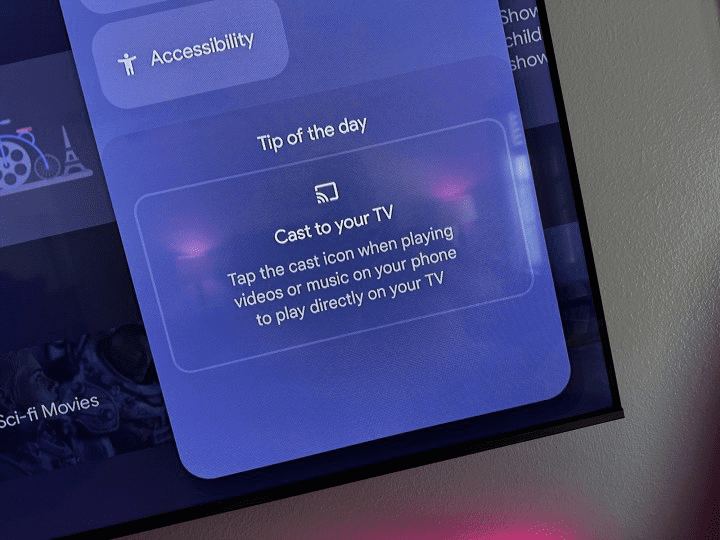
Chromecast hardware

In 2013, Google introduced a compact device called Chromecast, which allowed users to stream audio and video content from their smartphones, tablets, or computers directly to their TVs. At that time, when smart TVs were still relatively uncommon, Chromecast offered a more affordable alternative to dedicated streaming devices like Roku and Apple TV.
The device quickly gained popularity due to its low cost and user-friendly design. This success led to the release of Chromecast Audio, which enabled users to stream audio to powered speakers or any device with an audio input. Google later expanded the Chromecast lineup with two more versions, including the Chromecast Ultra, which supported 4K and HDR content.
All these Chromecast devices operated on a similar principle: They required a source device, typically a smartphone or tablet, to “cast” content to them. Occasionally, a computer browser could also serve as the source. These early Chromecast devices did not come with remote controls. Instead, all operations, such as selecting content, controlling playback, and adjusting volume, were managed from the source device. There was no on-screen interface or built-in apps.
The technology enabling this content transmission was called Google Cast. Users were encouraged to find smartphone apps that supported Google Cast functionality.
In 2016, Google introduced the term “Chromecast built-in” to clarify that certain third-party devices could also support casting. This made sense at the time: If a smart TV had Chromecast built-in, it could perform the same functions as a Chromecast Ultra (if it was a 4K/HDR TV). Similarly, if a soundbar had Chromecast built-in, it could do the same things as a Chromecast Audio.
Around the same time, Google shifted its terminology. Instead of referring to apps as Google Cast-enabled, they became known as Chromecast-enabled apps.
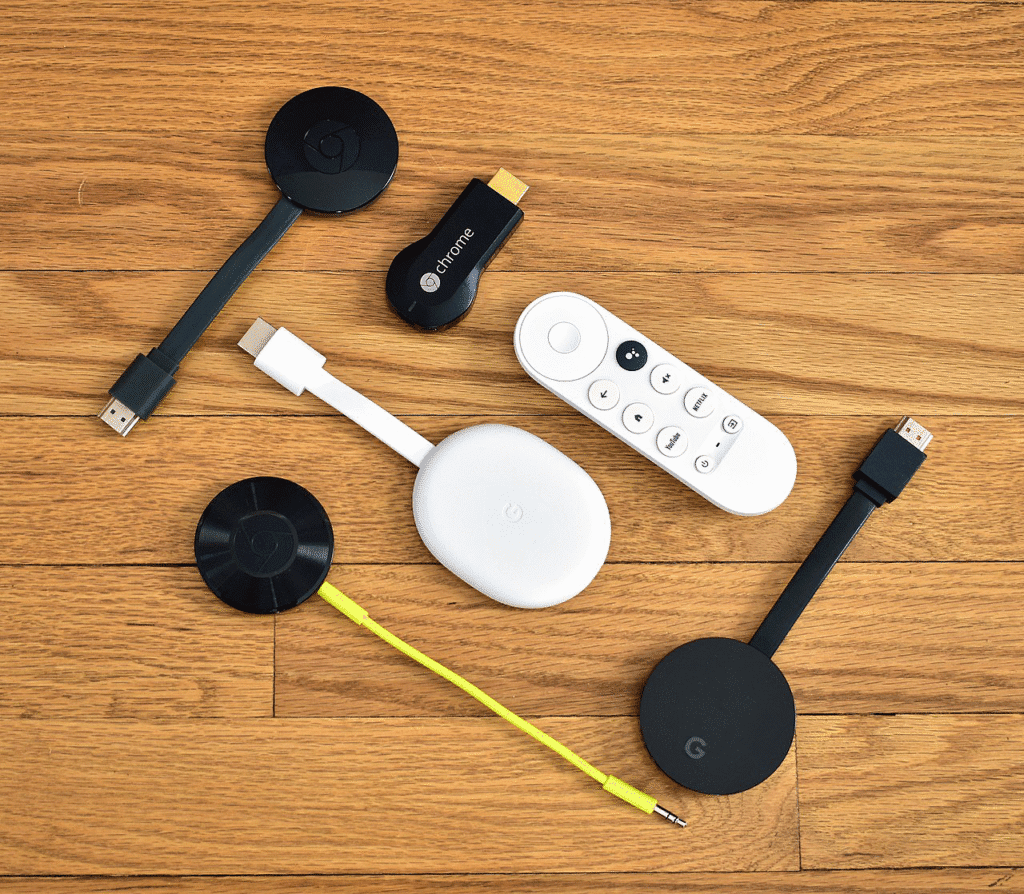
Back to Google Cast
Google eventually recognized that the term “Chromecast built-in” was no longer effectively communicating the right information to consumers. This label was used for a wide range of third-party devices, including soundbars, projectors, smart TVs, Wi-Fi speakers, and multi-room streaming amplifiers from brands such as OpenAudio, LG, JBL, Bang & Olufsen, Vizio, Denon, and many others. While these devices all shared the core capability of receiving Google Cast sessions from compatible products, they did not replicate the full suite of features found in Google’s latest Chromecast with Google TV streamer.
It took some time to resolve this confusion, but in May 2024, Google reverted the branding from “Chromecast built-in” back to “Google Cast.” Ultimately, both terms convey the same fundamental idea: a product labeled with either can receive casted audio and/or video, depending on whether it features a screen or just a speaker.
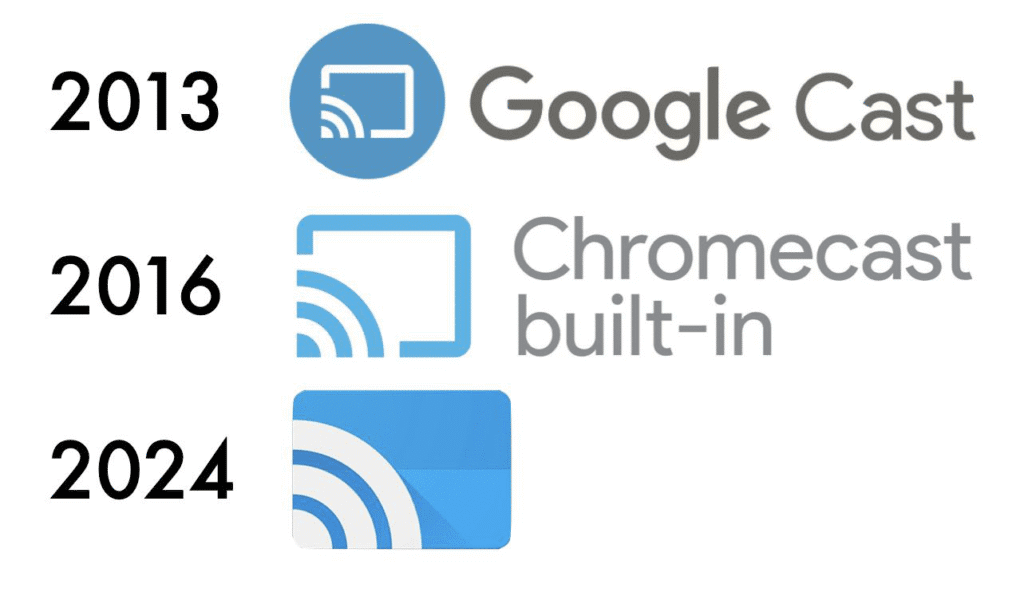
Comparation Google Cast with Airplay?
Pretty much. Google Cast and AirPlay operate in similar ways, but there are some key differences between them.
Google Cast is versatile in terms of compatibility. PCs, Android devices, and iOS devices can all stream content to Google Cast-enabled devices, as long as the app supports it. On the other hand, AirPlay is exclusive to Apple‘s ecosystem. AirPlay-enabled devices can only receive content from Apple products like iPhones, iPads, and Macs. Currently, there’s no support for AirPlay on Android or Windows devices.
When it comes to video streaming, Google Cast requires you to send both video and audio to the same device. AirPlay, however, gives you more flexibility. You can choose to send just the audio to an AirPlay speaker, or you can stream both video and audio to an AirPlay receiver, like an Apple TV or a compatible smart TV.
Google Cast also supports higher-resolution audio. You can stream up to 24-bit/96kHz high-resolution lossless audio with Google Cast. In contrast, AirPlay is limited to a maximum of 16-bit/44.1kHz CD-quality lossless audio, and in many cases, you’ll end up with lower-quality, lossy audio. However, Apple plans to add spatial audio streaming to AirPlay in the fall of 2024, a feature that Google Cast doesn’t currently offer.
Multiple Google Cast with Ultra-GC and Plus-GC
HOLOWHAS Ultra-GC and Plus-GC are world only two multi-room streaming amplifier which support multiple google cast receiver.



